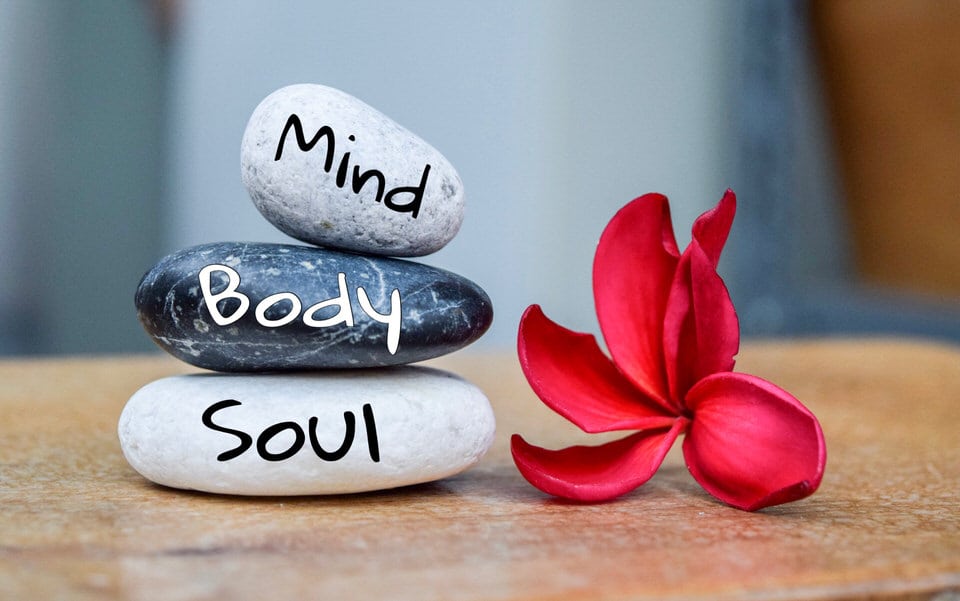When I was a kid I think every family in the neighborhood had a cast iron skillet. The skillets were pretty much the same, but the meals that came from them were as diverse as the families. Our next door neighbors were from St. Paul, MN and they fixed Swedish Meatballs in their skillet.
My family came from German and English stock and our meals reflected this heritage. Often my mother fixed German Fries, sliced onions and potatoes fried to a crispy brown. When I try hard I can see the German Fries in the skillet and smell the delicious smell that permeated the house.
When German, Swedish and Europan immigrants came to America some brought their cast iron skillets with them. These skillets accompanied them on the Westward migration. Later, chuck wagon cooks used cast iron skillets, baking pans, and Dutch Ovens to fix meals.
A cast iron skillet seems dated when compared to today’s electric appliances. But cast iron skillets are making a comeback and for good reasons. Consider these features.
DURABILITY. Cast iron skillets have stood the test of time. They’re so durable they’ve been passed down from mother, to daughter, to grandaughter.
USABILITY. You may use a cast iron skillet on your stove top, in the oven, over an open fire, on charcoal or gas grill. Better yet, today’s cast iron skillets come with a non-stick coating.
VARIETY. A six-inch skillet is perfect for fixing a meal for one. The larger 10-inch skillet is just right for family meals. Grill pans – skillets with ridges on the bottom – are also available.
COST. You’ll search far and wide before you find a better value. A six-inch skillet costs about $8 and a 10-inch skillet costs about $17,not bad for a lifetime investment. The cost of a grill pan varies, depending on whether the exterior has an enamel coating.
You’ll need to re-season your skillet if you’ve had it for a long time. Lodge, the primary manufacturer of cast iron cookware, says you should wash the skillet in hot soapy water first. Dry the skillet and let it stand on the counter for a few hours.
Next, Lodge says to preheat your oven to 350 degrees. Coat the skillet with solid or liquid shortening. Place the skillet on a jelly roll pan to catch any drips. “Bake” the skillet in the oven for one hour. Turn the oven off and let the skillet cool completely before you open the door. Last, wipe off any residue with paper towels.
Never wash a skillet in soapy water or scour it after it’s been re-seasoned. Instead, rinse the skillet under hot water and swish away food residue with a stiff brush. Make sure the skillet is dry before you put it away. You may also rub the skillet with salt to clean it. Rinse the salt off with hot water.
Over time a dark coating will develop on the bottom of your skillet. Don’t worry, this is exactly what you want. In fact, some professional chefs think this coating gives food extra (and maybe secret) flavor. A well seasoned skillet needs only a coating of baking spray for shortening. Some recipes may not need shortening at all.
I have two skillets, a plain one and a griddle pan. What do I fix in them? A better question would be, “What don’t I fix in them?” Marvelous food comes from these skillets: chunky applesauce flavored with cinnamon, stir-fried onions, peppers, mushrooms, and pea pods, fried brown rice with lots of veggies, chicken scallops with lemon sauce, lean hamburger patties, grilled asparagus with a hint of garlic, and more.
Cooking healthy? Forget those fancy, shmancy pans. Get out the cast iron skillet and fix healthy meals for yourself and your family.
Copyright 2005 by Harriet Hodgson. For more information on her work please go to http://www.harriethodgson.com.










Leave a Reply